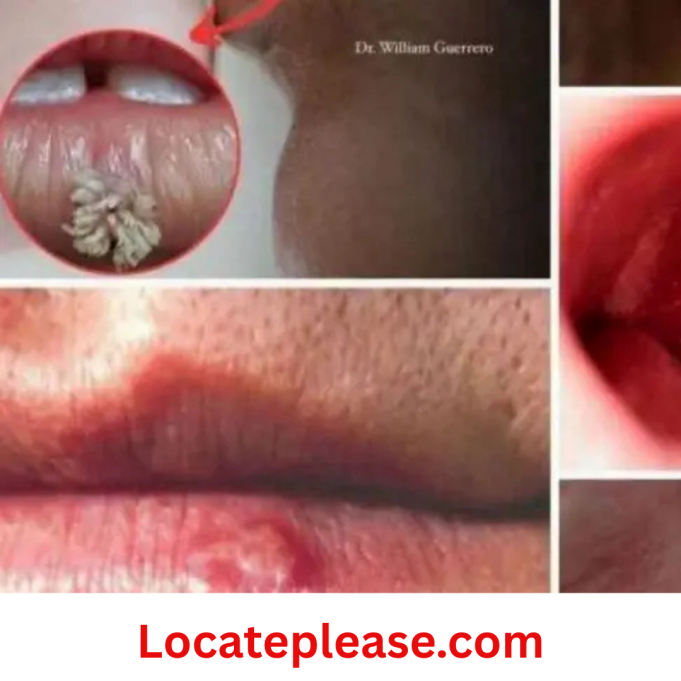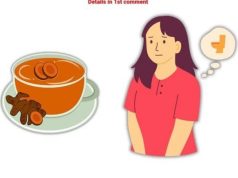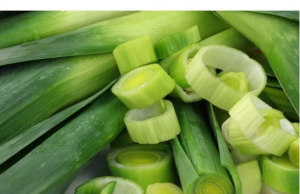In India, where we gather around steaming cups of chai and share stories with open hearts, our mouths hold more than food—they hold laughter, prayers, and the warmth of connection. But sometimes, hidden within that sacred space, a quiet warning whispers.
Oral cancer is rising in our communities—not to frighten us, but to awaken our care. When caught early, survival rates soar above 80%. When ignored, hope dims. This isn’t about shame. It’s about seeing clearly—so we can protect what matters most.
Let’s walk through this together, with courage and compassion.
What Oral Cancer Looks Like: Signs We Often Miss
Cancer doesn’t always announce itself with pain. It creeps in as a whisper. In India, 90% of cases are detected at late stages—often because we dismiss these signs as “just an ulcer” or “spice burn.”
Gentle red flags to honor (especially if lasting >2 weeks):
→ A sore that won’t heal on lips, gums, or inner cheek (even without pain)
→ White or red patches that feel velvety—like leukoplakia (white) or erythroplakia (red)
→ Lump or thickening in the cheek you can feel with your tongue
→ Numbness in lips or chin (often ignored until it’s advanced)
→ Loose teeth with no dental cause, or ill-fitting dentures suddenly
→ Pain while swallowing that feels deeper than a sore throat
→ Ear pain on one side that won’t go away (cancer can refer pain here)
🌸 A quiet truth: “Mouth ulcers from stress or spices heal in 7–10 days. If it’s still there on day 15—see a doctor. Your life is worth that appointment.”
Where It Hides: Common Types in Indian Patients
Oral cancer isn’t one disease—it’s a family of conditions, each with its own hiding place:
|
Buccal mucosa cancer
|
Inner cheek lining
|
Highest worldwide—linked totobacco quid (gutka/khaini) held against cheek
|
|
Tongue cancer
|
Sides/back of tongue
|
Often missed until it bleeds or causes speech changes
|
|
Gum cancer
|
Upper/lower gums
|
Mimics gum disease—many delay care thinking it’s “just infection”
|
|
Floor of mouth
|
Under the tongue
|
Painful swelling mistaken for tooth abscess
|
|
Lip cancer
|
Lower lip (sun-exposed)
|
Common in farmers/fishermen with sun exposure + tobacco use
|
Note: The roof of mouth (palate) and gums are also vulnerable—especially where betel quid rests.
Why This Matters More in India: Our Unique Risks
While oral cancer affects everyone, certain threads weave through our communities:
🔹 Tobacco in every form:
→ Smokeless tobacco (gutka, khaini, paan masala) causes 70% of Indian oral cancers—the chemicals sit against tissue for hours.
→ Smoking (beedis/cigarettes) heats tobacco, releasing carcinogens directly into the mouth.
🔹 Alcohol + Tobacco = 30x Higher Risk:
In our culture, desi daru and tobacco often pair. Together, they create a chemical storm that shreds protective mouth linings.
🔹 Dietary gaps:
Low intake of fruits/vegetables (vitamins A, C, E) weakens the mouth’s natural defenses. In villages, monsoon scarcity deepens this gap.
🔹 HPV’s quiet rise:
While less common than tobacco-linked cases, HPV throat cancer is growing—even in non-users. Often missed until it’s advanced.
🔹 Sun exposure:
Farmers, fishermen, and street vendors face intense UV rays—scorching lips and pale skin inside the mouth.
🔹 Family history matters:
If a parent or sibling had oral cancer, your risk rises. Share this with your doctor.
💛 A note of grace: “Using tobacco isn’t a moral failure. It’s an addiction our culture normalized. Healing starts when we replace shame with support.”
When to See a Specialist: Your Action Plan
Don’t wait for pain. In India, early detection saves lives—and costs far less than late treatment.
✅ See a dentist or ENT doctor if:
→ Any mouth sore lasts more than 14 days
→ You see white/red patches that don’t wipe off
→ There’s unexplained bleeding in the mouth
→ Your voice changes or you feel a lump in your neck
💡 Free/Low-Cost Help in India:
→ Tata Memorial’s “Tobacco Cessation” clinics (Mumbai, national telehealth)
→ All India Institute of Medical Sciences (AIIMS) oral cancer screening camps
→ State Cancer Institutes (like RCC Thiruvananthapuram) offer subsidized care
→ ASHA workers can refer you to district hospital screenings
🙏 If cost worries you: Say this to the front desk: “I need an oral cancer screening under PMJAY/Ayushman Bharat.” Most public hospitals honor this.
Stages of Oral Cancer: What They Mean for Healing
Staging isn’t about fear—it’s about hope with a map. Early stages often need minor surgery; late stages require longer healing.
|
Stage 0 (Pre-cancer)
|
Abnormal cells only in top mouth layer
|
>95% cure with minor removal
|
|
Stage I
|
Tumor <2 cm, no spread
|
80–90% 5-year survival
|
|
Stage II
|
Tumor 2–4 cm, no spread
|
70–80% 5-year survival
|
|
Stage III
|
Tumor >4 cm OR spread to 1 lymph node
|
50–60% 5-year survival
|
|
Stage IV
|
Spread to multiple nodes/organs
|
30–40% 5-year survival
|
Source: Indian Council of Medical Research (ICMR) 2023 data
✨ The hope-giver: “At Stage I, healing often means a small surgery—no chemo, no radiation. Your smile stays whole. This is why early detection is everything.”
A Closing Thought: Your Mouth Holds Sacred Space
Your lips form prayers. Your tongue shapes “I love you.” Your smile lights up Diwali nights. This body isn’t just flesh—it’s the vessel for your spirit, your stories, your dharma.
Cancer doesn’t define you.
But ignoring its whisper might cost you years with your grandchildren.
So today, do this gentle act of love:
👉 Look in the mirror. Part your lips. Shine a phone light. See your cheeks, tongue, gums.
👉 Feel your neck. Gently press for lumps—like checking a ripe mango.
👉 Honor your risk. If you use tobacco, talk to your doctor about cessation help—not judgment.
And if you find something strange?
Don’t Google in panic.
Don’t wait for “when things calm down.”
Walk to the clinic tomorrow.
Because the most powerful thing you can do for your family—
is to be here,
with them,
for decades more.
With deep respect for every life, every story, every smile. 🌺
Note: This is awareness, not diagnosis. Always consult a healthcare provider for personal concerns. If you see warning signs, visit your nearest government hospital or call the National Cancer Helpline










